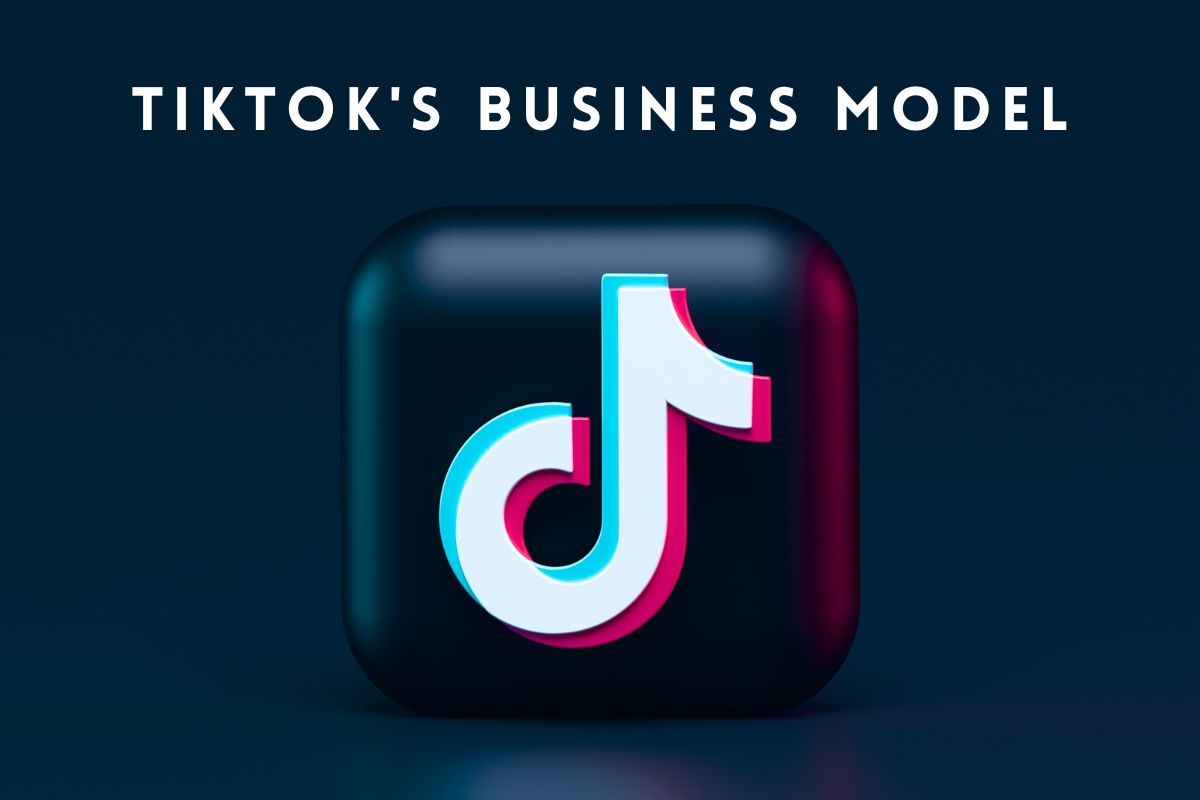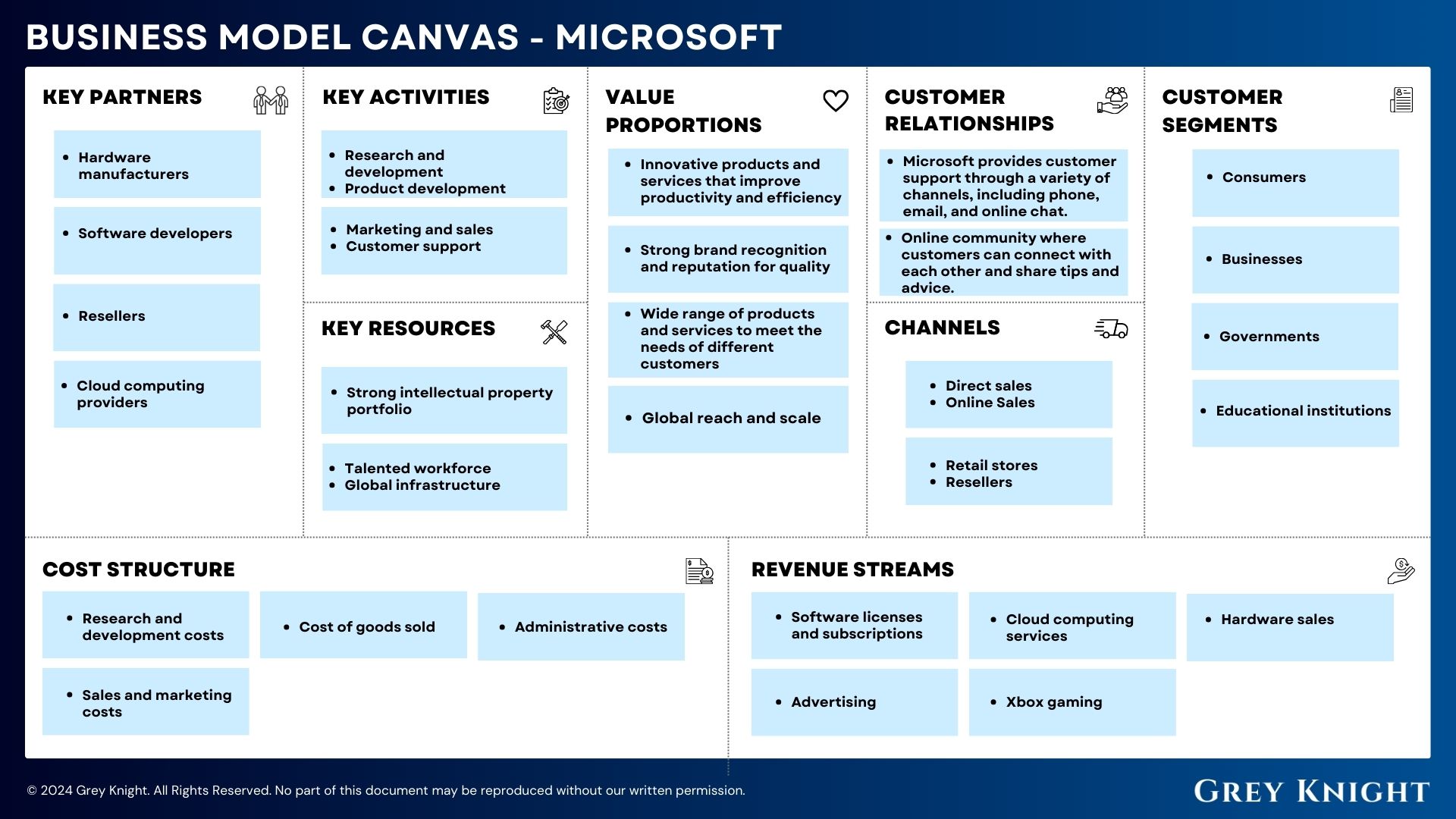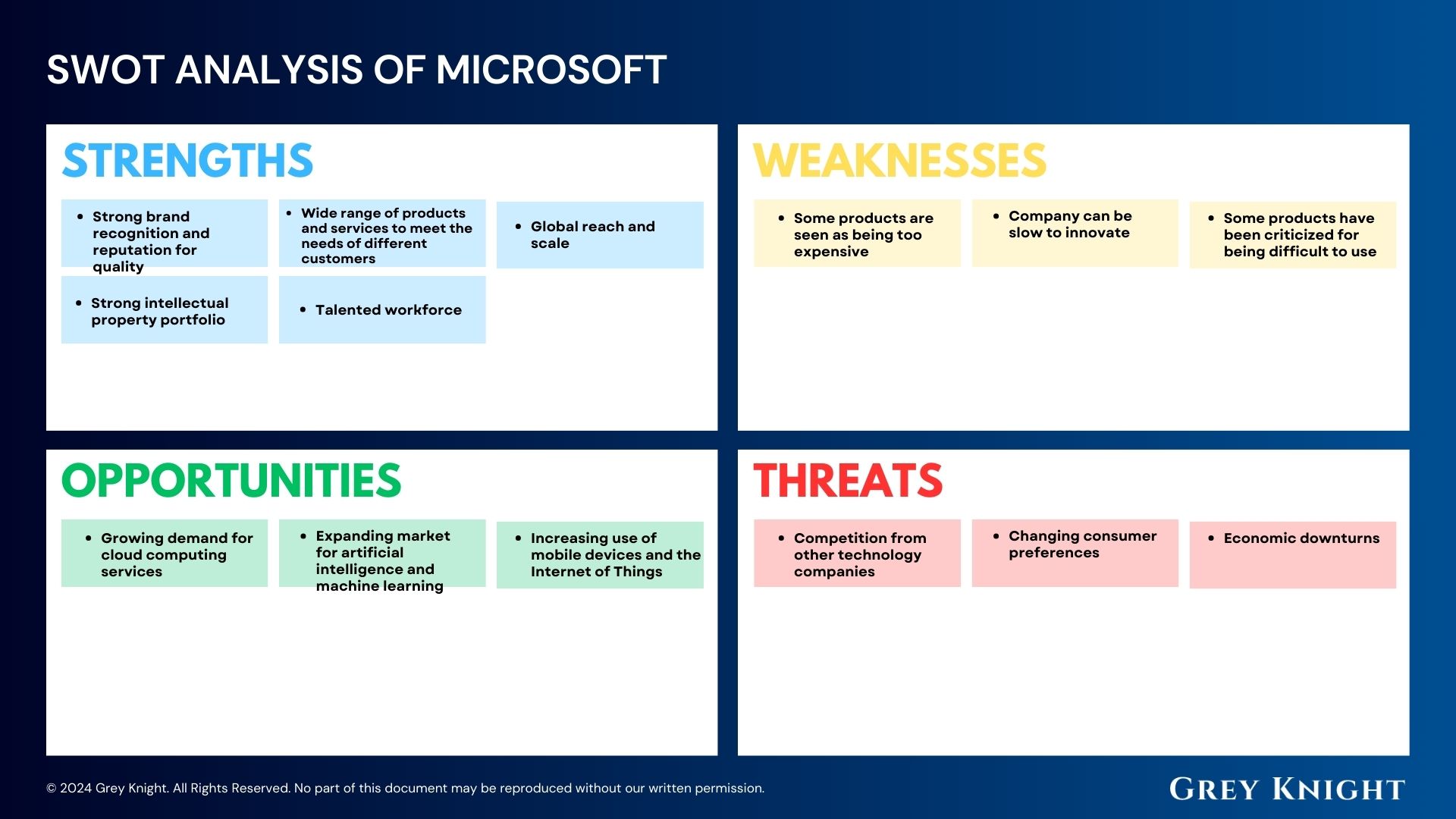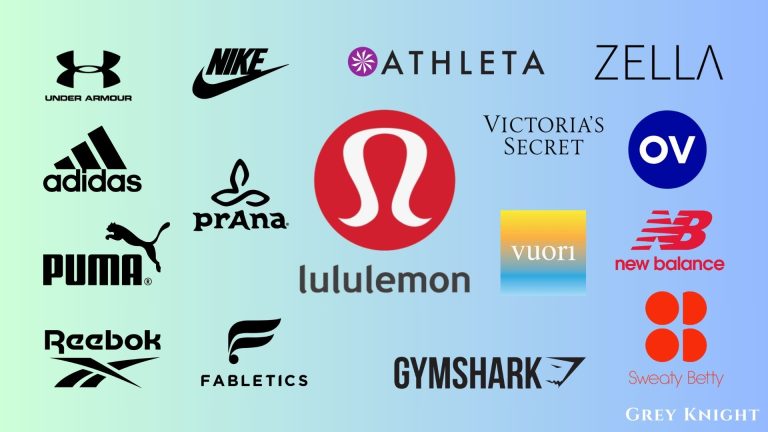If you’re a marketer, entrepreneur, or simply interested in the latest social media trends, you’ve likely heard of TikTok. This Chinese-owned app has taken the world by storm, attracting millions of users, particularly Gen Z, with its bite-sized, fun short videos. But how does the app work, and what is its business model?
In this article, we’ll explore TikTok’s business model and how it has become a go-to platform for brands looking to reach a hard-to-reach market.
Table of Contents
ToggleTikTok’s Target Market: Gen Z Creators and Users
TikTok’s primary target market is Gen Z creators and users. The app provides a place for young people to experiment with their creativity, express themselves, and connect with others. TikTok’s video format, which is limited to 30 seconds, is perfect for users with short attention spans and a desire for bite-sized content.
The app’s success is largely due to its ability to attract users through word-of-mouth. When users create videos that go viral, they spread the word to their friends, who then download the app and create their own videos. This viral nature of TikTok’s content has helped the app grow rapidly and become one of the most popular social media platforms.
TikTok’s Revenue Model
TikTok’s revenue streams and how they contribute to the company’s financial success.
In-Feed Video Ads: The Bulk of TikTok’s Revenue
TikTok, like other social media platforms, generates most of its revenue through advertisements. In-feed video ads are the most common type of advertisement on TikTok. These ads are placed between user-generated content and must be viewed by users before they can continue scrolling. Similar to YouTube, TikTok charges companies for these ads based on the number of views they receive. This revenue stream has proven to be highly profitable for TikTok.
Brand Takeover Ads: Attention-Grabbing Advertisements
TikTok has taken advertising to the next level with brand takeover ads. These ads appear as soon as the user opens the app and take up the entire screen for a few seconds. Due to their highly visible nature, brand takeover ads are more likely to grab users’ attention and make an impact. Advertisers pay a premium for these ads, making them a significant source of revenue for TikTok.
In-App Purchases: Monetizing User Interactions
TikTok allows users to purchase virtual coins, which they can then use to send to other users as a sign of appreciation. TikTok charges a commission on each purchase, generating revenue for the company. This feature has proven to be highly popular with users and has become a significant source of revenue for TikTok.
Branded Effects: Unique Advertising Opportunities
TikTok offers branded effects to advertisers, allowing them to create custom stickers and augmented reality filters. These branded effects are popularly used to promote movies and television shows, leveraging the popularity of certain dialogues and hook steps. Users can incorporate these branded effects into their videos, creating engaging content that promotes the advertiser’s brand. This revenue stream has proven to be highly effective for TikTok.
Top View Ads: Captivating Advertisements
Top view ads are another type of advertisement on TikTok. Unlike in-feed video ads, top view ads do not appear in the user’s feed. Instead, they stop the content and take up the user’s screen, capturing their complete attention. These ads can last up to 60 seconds, providing ample time for advertisers to convey their message. Top view ads generate substantial revenue for TikTok.
Hashtag Challenges: Creating Viral Content
Branded hashtag challenges are a popular way for companies to create viral content. Companies create organic content and then pay TikTok to make their hashtag more visible to users. As a result, the content appears in the feeds of more users, increasing its chances of going viral. Other users are likely to create similar content, creating a ripple effect that benefits the advertiser. Hashtag challenges are a creative way for companies to advertise on TikTok and generate substantial revenue for the company.
TikTok’s Profit: The Mystery Unveiled
TikTok has been tight-lipped about its profits, with limited information available. Since the company is based in China, there is even more opacity as information shared for regulatory purposes is not known. However, some estimates suggest that TikTok derives most of its revenue from China. Despite the mystery surrounding its profits, TikTok’s revenue streams indicate that the company has a diversified and robust financial model.
TikTok’s Key Resources and Funding
TikTok’s key resources are its platform and its staff. The app has a huge engagement database. Its staff spends time making its AI better, making the platform better so that people spend more on the platform. The platform has also received significant funding from its parent company, Bytedance, which has given them billions over the years in funding.
TikTok also relies on key influencers, such as Jimmy Fallon and other celebrities initiating challenges, to get things working. These challenges have been a huge hit on the app, attracting millions of views and engagements.
Conclusion
In conclusion, TikTok’s business model is based on attracting Gen Z users and providing them with bite-sized, fun content that they can experiment with and share with their friends. While the app is free for users, TikTok generates revenue through various streams, such as in-feed video ads, brand takeover ads, in-app purchases, branded effects, top view ads, and hashtag challenges. These revenue streams have allowed TikTok to become a major player in the advertising industry, providing unique and innovative ways for brands to engage with users. Despite TikTok being tight-lipped about its profits, it is evident that the company’s revenue streams have been successful in generating revenue and securing its position in the social media landscape. TikTok has become one of the most successful social media platforms, and its popularity shows no signs of slowing down.
Additional Resources
To keep learning and advancing your career, we highly recommend these additional resources:
Microsoft’s Business Model: How the Tech Giant Makes Money
Spotify’s Business Model: How Spotify Became the King of Music Streaming
7 Financial Models Used by Investment Bankers












